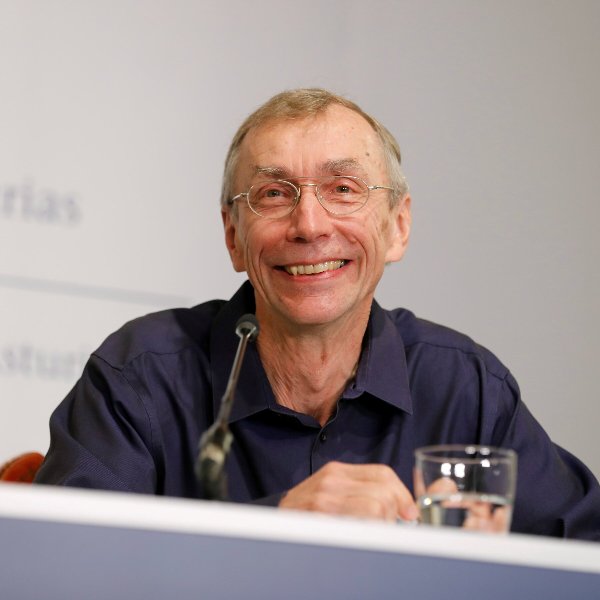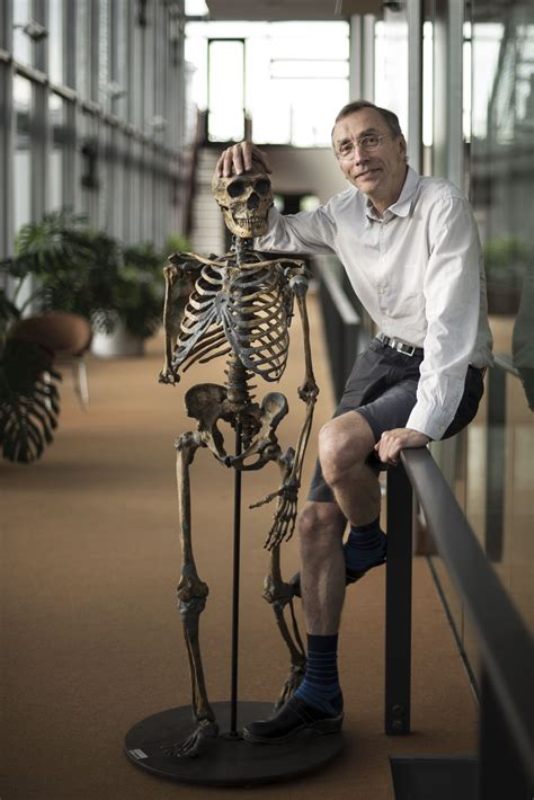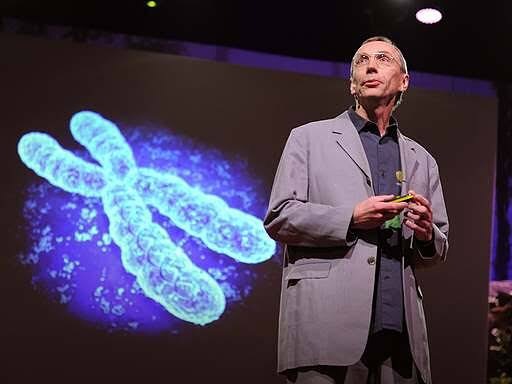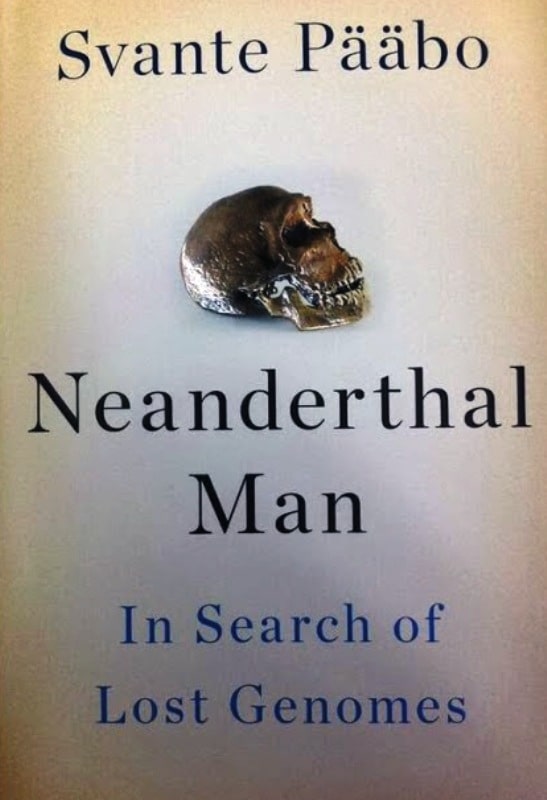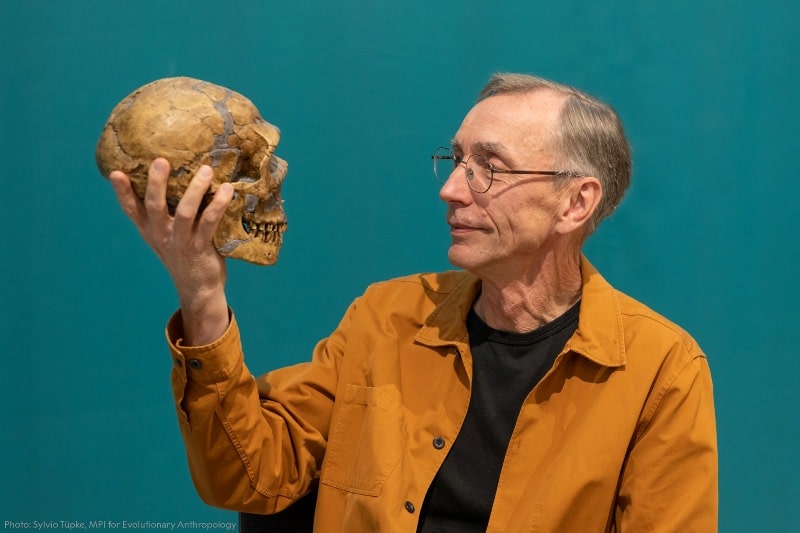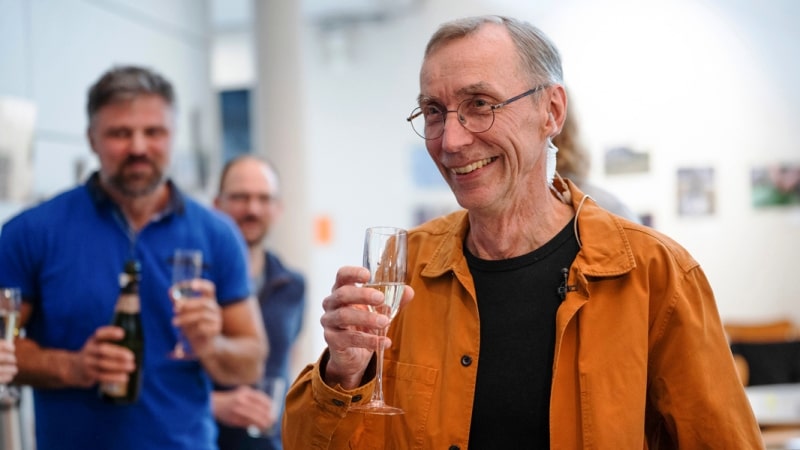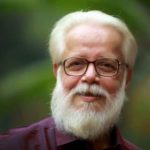Svante Pääbo Height, Age, Wife, Children, Family, Biography & More
| Bio/Wiki | |
|---|---|
| Profession | Geneticist |
| Famous role | Winning the 2022 Nobel Prize in Physiology or Medicine |
| Physical Stats & More | |
| Height (approx.) | in centimeters- 187 cm in meters- 1.87 m in feet & inches- 6’ 2” |
| Eye Colour | Ash Blonde |
| Hair Colour | Hazel Green |
| Career | |
| Awards, Honours, Achievements | • Leibniz Prize by German Science Foundation (1992) • Received an Honorary Doctorate from the University of Zurich (1992) • Max Delbrück Medal in Berlin (1998) • Received an Honorary Doctorate from the University of Helsinki (2000) • Olof Rudbeck Prize by the Upsala Medical Society (2000) • Leipzig Science Prize (2003) • Ernst Schering Prize by Ernst Schering Foundation (2003) • Louis Jeantet Prize for Medicine by Swiss Louis-Jeantet Foundation (2005) • Virchow Medal by the University of Würzburg (2005) • Mentioned in the 100 Most Influential People in the World list by Time (2007) • Order of the Cross of Terra Mariana by the Republic of Estonia (2008) • Dragutin Gorjanović Kramberger by the Croatian Anthropological Society (2008) • Pour le Mérite by the German government (2008) • Received an Honorary Doctorate from the Royal Institute of Technology, Stockholm (2008) • Kistler Prize by the Foundation For the Future (2009) • Theodor Bücher Medal by the Federation of European Biochemical Societies (2010) • Newcomb-Cleveland Prize by the American Association for the Advancement of Science (AAAS) (2011) • Biochemical Analysis Prize by the Deutsche Gesellschaft für Klinische Chemie und Laboratoriumsmedizin (DGKL) (2011) • H.M. The King’s Medal by the Swedish government (2012) • Received an Honorary Doctorate in Medicine from the Karolinska Institute in Stockholm (2012) • Gruber Genetics Prize by the Gruber Foundation at Yale University (2013) • Lomonosov Large Gold Medal by the Russian Academy of Sciences (2015) • Received an Honorary Doctorate from the Russian Academy of Sciences (2015) • Keio Medical Science Prize by the Keio University in Japan (2016) • NOMIS Distinguished Scientist Award in Switzerland (2017) • Nakasone Award (2018) • Princess of Asturias Award for Technical and Scientific Research (2018) • Körber European Science Prize (2018) • Nierenberg Prize (2018) • Wiley Prize in Biomedical Sciences in the US (2019) • Received an Honorary Doctorate from the Okinawa Institute of Science and Technology (2019) • Darwin-Wallace Medal by the Linnean Society of London (2019) • Japan Prize by the Japanese government (2020) 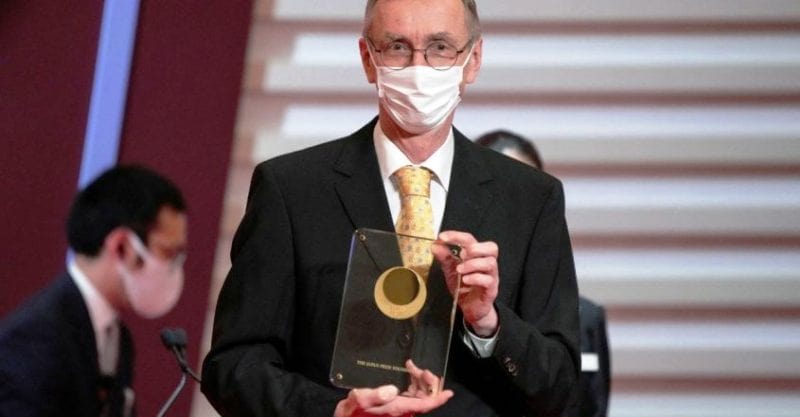 • Received an Honorary Doctorate from Yale University (2020) • Massry Prize (2021) • Prix International Fyssen (2021) • Nobel Prize in Physiology or Medicine (2022) |
| Personal Life | |
| Date of Birth | 20 April 1955 (Wednesday) |
| Age (as of 2022) | 67 Years |
| Birthplace | Stockholm, Sweden |
| Zodiac sign | Aries |
| Nationality | Swedish |
| Hometown | Stockholm, Sweden |
| School | Swedish Armed Forces Interpreter School |
| College/University | University of Uppsala |
| Educational Qualification | PhD in Molecular Biology [1]Max Planck Institute |
| Relationships & More | |
| Marital Status | Married |
| Marriage Date | Year, 2008 |
| Family | |
| Wife/Spouse | Linda Vigilant (American geneticist)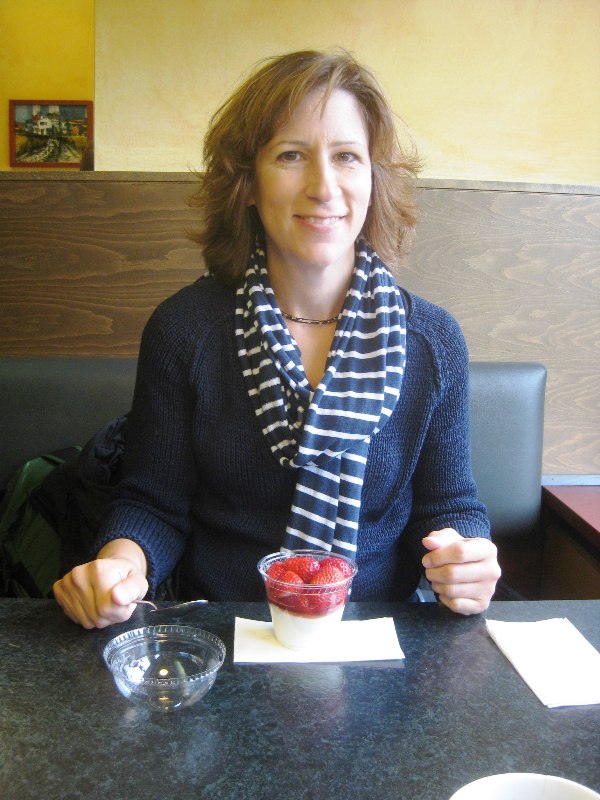 |
| Children | Son- 1 Daughter- 1 |
| Parents | Father- Karl Sune Detlof Bergström (a 1982 Noble Prize winning biochemist)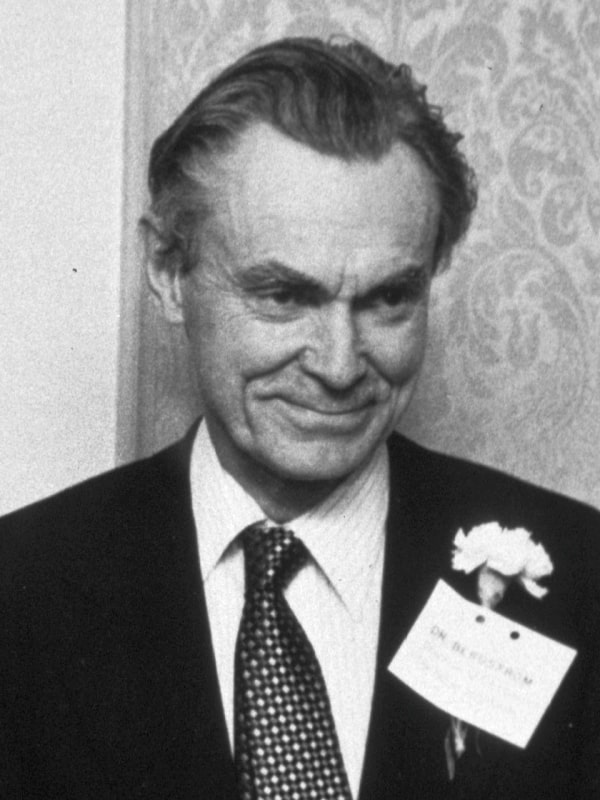 Mother- Karin Pääbo (biochemist) Note: According to Svante Pääbo, his parents were unmarried as his father was already married, and he was born from an extramarital affair between his father and mother. [2]Svante Pääbo’s YouTube interview |
| Siblings | Brother- Rurik Reenstierna (half-brother) |
Some Lesser Known Facts About Svante Pääbo
- Svante Pääbo is a Sweden-born Germany-based scientist and geneticist. He came to the limelight on 3 October 2022 after he won the Noble Prize for his research work in Physiology or Medicine.
- Svante Pääbo worked as a teacher and a part-time researcher in 1979 at the University of California.
- In 1980, he left the University of California and went back to Sweden to pursue a PhD in Molecular Biology at the University of Uppsala.
- After completing his PhD, in 1986, Svante Pääbo authored many research papers in which he attempted to establish a common link between the genetic structure of the Homo Sapiens (modern humans) and several different types of ancient human types.
- Reportedly, his 1986 scientific journal “Molecular genetic investigations of ancient human remains” has been cited by researchers in more than 75 research papers.
- In 1986, he went to Switzerland, where he undertook post-doctoral research in Molecular Biology and published several research papers like “Molecular genetic methods in archaeology – a prospect,” “Is allograft rejection a clue to the mechanism promoting MHC polymorphism?” and “A short sequence in the COOH-terminus makes an adenovirus membrane glycoprotein a resident of the endoplasmic reticulum.”
- After completing his post-doctoral research in 1987, Svante worked for a few months as a researcher at the Imperial Cancer Research Fund in London.
- After leaving the Imperial Cancer Research Fund in 1987, Svante undertook another post-doctoral research in DNA Research at the University of California’s Department of Biochemistry.
- In 1990, he joined the University of Uppsala, where he taught Medical Genetics. After a few years, he left the University of Uppsala and shifted to Germany, where he worked at the University of Munich till 1997.
- In 1997, after leaving the University of Munich, Svante began working at the Max Planck Institute for Evolutionary Anthropology, where he founded the Department of Evolutionary Biology and became the director of the department.
- In 1997, while working as the director of the Department of Evolutionary Biology, Svante and his team were successful in extracting the DNA from a 10,000-year-old body of a Neanderthal (a species of human being that lived approximately 60,000 years ago). Reportedly, it was a challenging task for the department to extract the DNA from the Neanderthal without contaminating the DNA samples. Talking about the extraction of the DNA, Svante said,
The field experienced a revolution with the emergence of so-called next-generation sequencing technology. When an organism dies, the DNA in its cells begins to break down – over time it splits into smaller and smaller chunks, as well as accumulating other forms of damage. It also gets contaminated with vast amounts of microbial DNA from the wider environment. The new sequencing machines could be used to isolate the human genetic material from bacterial DNA and then stitch together the tiny fragments into a readable sequence.”
- Through his 2002 research paper titled “Molecular evolution of FOXP2, a gene involved in speech and language,” Svante briefly discussed different types of mutations that take place in the human FOXP2 gene and how it results in children developing disorders related to speaking and language learning.
- Svante, in 2002, announced that the Department of Evolutionary Biology, under his leadership, would attempt to construct the entire genetic structure of the extinct Neanderthals and after successfully sequencing over three billion DNA pairs, the Department of Evolutionary Biology presented the first completed stage of the Neanderthal DNA sequencing in 2003 at the American Association for the Advancement of Science (AAAS) annual meeting in Chicago, the United States. According to Svante, the pairing of the DNA was aimed at proving a correlation between the ancient Neanderthals and modern-day human beings, i.e., Homo Sapiens. Talking about it, he said,
This will be the first time the entire genome of an extinct organism has been sequenced. Now study of the more complete genome will allow scientists to examine Neanderthals’ relationship with modern humans as never before. A preliminary analysis of the sequence suggests that Neanderthals contributed few, if any, genes to humans via inbreeding. However, there is no positive evidence that it occurred at all.”
- In 2008, Svante’s department at the Max Planck Institute excavated the skeletal remains of another ancient species of human beings, the Denisovans, in a cave in Siberia. After conducting a thorough examination of the remains, Svante and his team published their findings in 2010 and claimed that the Denisovans, who lived in the Scandinavian region of Europe, shared a common genome structure with the highlanders living in the Tibetan plateau.
- According to Svante Pääbo’s 2010 research article titled A Draft Sequence of the Neandertal Genome, the Neanderthals and the Homo Sapiens not only lived together but also interbred with one another, especially in the modern-day Middle Eastern parts of Asia. During an interview, while talking about it, Svante said,
A complete understanding of this is really a stepwise process. What we have done here is take a really important step forward. We can say exactly what changes happened recently with very high resolution. This is just the beginning of the exploration of human uniqueness that is now possible. Now, the Neanderthal genome strongly suggests those genes were not lost, and that many of us outside of Africa have some Neanderthal inheritance.”
- In 2011, the international talk show TEDx invited Svante Pääbo to deliver a speech on the human genome structure.
- Svante penned a book titled Neanderthal Man: In Search of Lost Genomes, which was published in 2014.
- According to a scientific journal published by Svante in 2020, there is a direct relationship between those who were severely affected by COVID-19 and the Neanderthals. Svante, through his research, claimed that those Homo Sapiens, who inherited ‘Chromosome 3″ from their Neanderthal forefathers are more likely to be severely affected by the Coronavirus than those who did not. Talking about it, he said,
It is striking that the genetic heritage from Neanderthals has such tragic consequences during the current pandemic. The variants came over to the ancestors of modern humans about 60,000 years ago. The identified genetic region is very long, spanning 49.4 thousand base pairs, and the variants that impose a higher risk to severe COVID-19 are strongly linked.”
- Karolinska Institutet in Sweden awarded the Noble Prize to Svante Pääbo on 3 October 2022 for his contribution to the field of genomes of extinct hominins and human evolution. Talking about winning the Noble Prize, Svante said,
I was just about to finish the last gulp of my coffee and was just about to leave to get my daughter from the nanny’s house when I received the call from Sweden. At first, I thought that the call was from Sweden so it must be regarding the upkeep of my small summer family house there. But then, when I heard the news of me winning the noble prize, I was overjoyed as I had not expected such a call, at all.”
- According to Svante, he was initially interested in Egyptology but left it to pursue a career in medicine. Talking about it, he said,
I think I had a far too romantic idea of what Egyptology was. I thought it would be all about discovering mummies and pyramids, but, in Uppsala at least, it was quite linguistically oriented. Instead of combing the Egyptian desert for lost tombs, I spent much of my time combing the library for books on the grammatical construction of hieroglyphics and the Coptic language.”
- As a scientist, Svante Pääbo has been a member of several scientific advisory boards in councils like Pyrosequencing AB, Foundation for Strategic Research, Ancient Biomolecules Initiative, Science & Engineering Research Council, and many more.
- While talking about his sexual orientation, Svante revealed that he is bisexual and has had many girlfriends and boyfriends in the past. [3]National Library of Medicine Talking about it, he said,
Throughout my life, I have had many girlfriends and boyfriends as well. Earlier I thought I was a gay, but when I met my wife, Linda, I realised that it was not the case, and that I am bisexual.”
- Svante consumes alcohol when he parties with his friends and family.
References/Sources:

